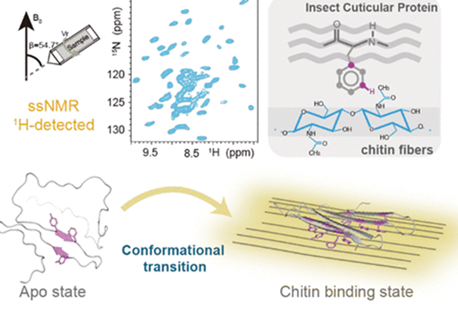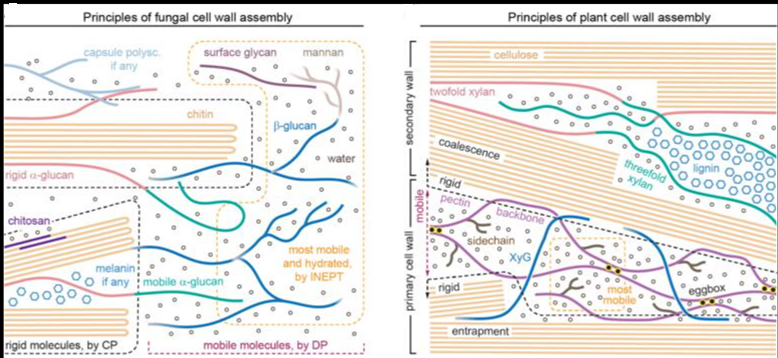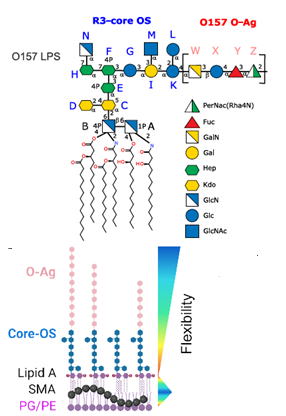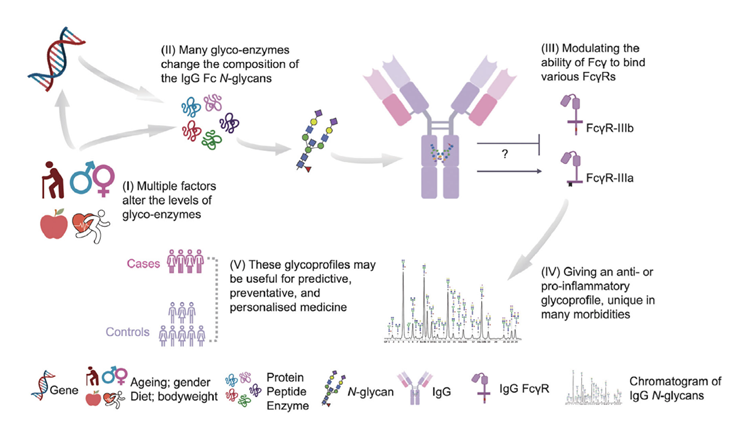Cellulose, the most abundant polysaccharide on earth, composing plant cell walls, is synthesized by coordinated action of multiple enzymes in cellulose synthase complexes embedded within the plasma membrane. Multiple chains of cellulose fibrils form intertwined extracellular matrix networks. How newly synthesized cellulose is assembled into an intricate fibril network on cell surfaces remains largely unknown. The authors have established an in vivo time-resolved imaging platform to continuously visualize cellulose biosynthesis and fibril network assembly on Arabidopsis thaliana protoplast surfaces as the primary cell wall regenerates. Their observations provide the basis for a model of cellulose fibril network development in protoplasts driven by an interplay of multiscale dynamics that includes rapid diffusion and coalescence of nascent cellulose fibrils, processive elongation of single fibrils, and cellulose fibrillar network rearrangement during maturation. This study provides fresh insights into the dynamic and mechanistic aspects of cell wall synthesis at the single-cell level.
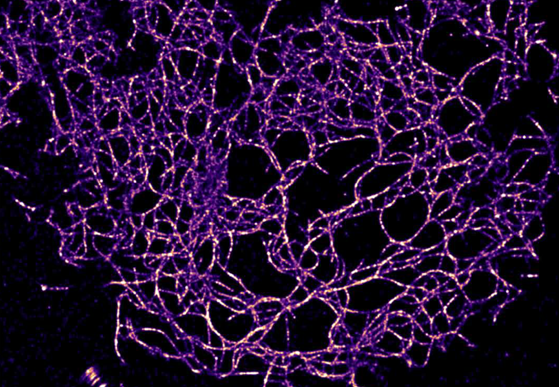
.Super-resolution 2D images of the protoplast cellulose fibril network imprinted on glass coverslips. (A) StORM, also known as SMlM, image of cellulose fibril network that was peeled off a protoplast cell—after cell wall regeneration for 48 hours—and adsorbed onto the poly-l- lysine–coated coverslip surface.
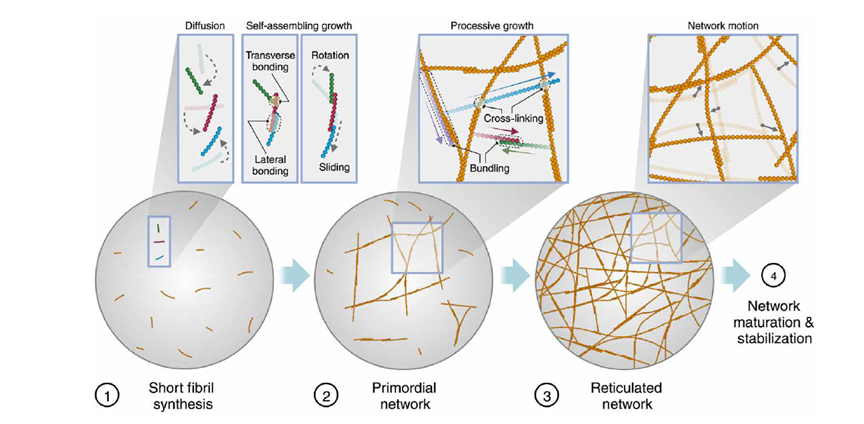
Proposed model for cellulose biosynthesis and fibril network development during cell wall regeneration in plant protoplasts. Plant protoplasts regenerate the cellulose network during multiple stages of development in this proposed model. Cellulose elementary fibrils synthesized by CSC in short lengths dynamically diffuse and coalesce together to form thicker and long fibrils in stage 1. A less mobile primordial or proto-network emerges from this self-assembly process in stage 2, which is accompanied by more frequent processive cross-network synthesis events of new single cellulose fibrils, generating a highly reticulated network with denser and finer mesh sizes in stage 3. The fibrillar network slowly and continuously rearranges during cell wall regeneration, which helps its shape to mature and evolve into a more compact/rigid/stable network in stage 4.

